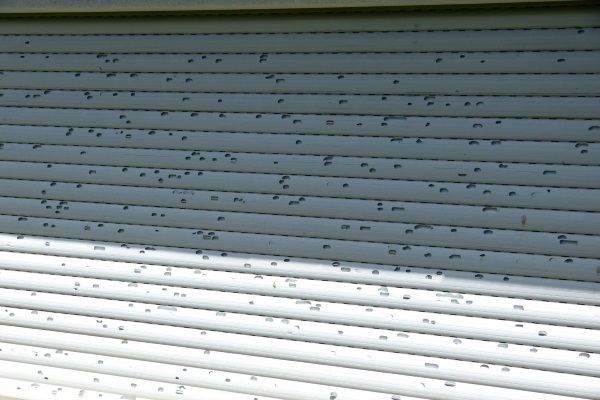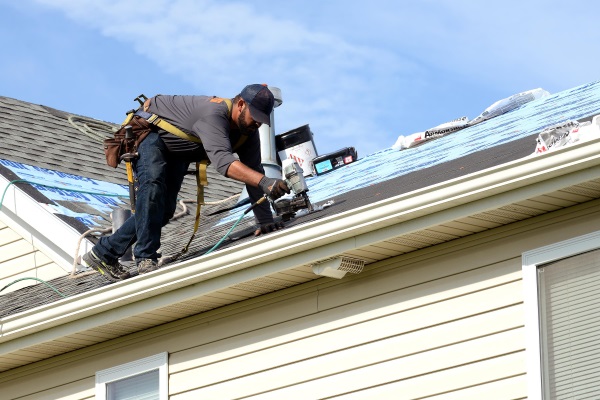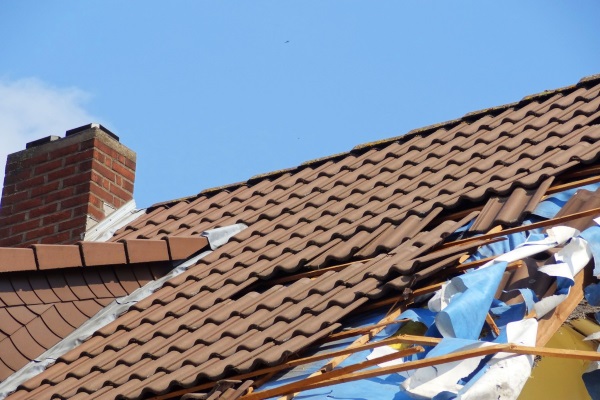Allen TX encounters heavy rainfall and snowfall on a yearly basis. Therefore, it pays to have regular roof inspections. Doing so helps homeowners have an overview of their roof’s current condition, and the needed repairs or restoration to keep it in top shape. Most homeowners ask “how often should I have my roof inspected?” and appropriately do so.
However, most Allen TX homeowners are concerned with roof inspection fees. Most ask how often should their roof be replaced. In fact, some have confidence in their material manufacturer and find asking why get a roof inspection regularly when their shingles or tiles should last 70 years or more.
True enough, no guarantee exists that roofing materials remain in pristine condition after an extreme weather event such as hailstorms, heavy rainfall, and prolonged snowfall. In this guide, you’ll know all about the importance of roof inspections and why you should get a roof inspection.
Roof Inspection and Maintenance Frequency Guide
- Should I Have My Roof Inspected After a Severe Storm?
- Roof Inspection Checklist (6 Items)
- Performing Leak Tests
- The Crucial Period to Have Roof Inspections
- Is It Expensive to Have Roofing Inspections?
- What To Do With Leaking and Severely Damaged Roofs
- Finding a Trusty Contractor to Help You
How Often Should I Have My Roof Inspected After a Severe Storm?
The National Roofing Contractors Association of America recommends all households from Allen TX and every state of the country to inspect their roofs twice or three times a year regardless of weather. Indeed, we believe in their recommendation. However, we place value on the actual time to hold roof inspections than the number of times to do it.
Homeowners must definitely have a roof and attic inspection right after any severe storm. Light rainfall and drizzles will unlikely affect your roof’s health condition. However, heavy and prolonged rainfall, sudden hailstorms, and huge snowmelt volumes will definitely damage your roof material.
True enough, we believe in having an immediate roof inspection when the storm or weather calms down. In some cases, the weather might only calm down for a few hours. Therefore, performing a DIY roof inspection can help you gauge your roof’s state.
What To Look For When Performing DIY Roof Inspections
Based on our working experience, we find average asphalt shingles as excellent materials capable of withstanding heavy rainfall, a hailstorm, and huge snowmelt volumes. However, dense and high-quality manufactured roofing materials such as architectural shingles, clay, slate, etc. have better resilience and durability.
To begin your DIY roof inspection, take a ladder with stabilizers to avoid gutter damage. Then, wear your rubber boots to avoid slipping off the high slope of your roof. Lastly, look for the following signs of intermediate to severe extreme weather roofing damage.
- Missing, Broken, Curled, or Cracked Shingles
- Huge Moss and Lichen Patches
- Rusted or Cracked Metal Flashing Spots
- Missing or Damaged Chimney Cap
- Loose, Cracked, or Rusted Gutters
- Large Debris such as Tree Branches, Pine Cones, etc.
Related: Which Residential Roofing Materials Last The Longest Possible?

Hailstones do not only damage your roofing material. It also causes severe siding punctures too.
How to Perform an Effective Leak Test
Indeed, heavy rainfall should help you perform leak test inspections without having to do anything else. However, hailstorms will take a long time to melt. Therefore, once the hailstorm stops, you can take a garden hose up to the roof.
Next, turn on the water and hose down your roof as if you were cleaning it. Abandon the test if you see missing shingles or punctures on your roof. However, you can proceed with testing on non-punctured areas around your roof.
Make sure to have someone watching the internal roof. If you spot discoloration, moist walls, and damp floor areas, then you have an internal roof leak that a punctured underlayment has caused.
Change of Seasons: The Crucial Period to Have Roof Inspections
How often should I have my roof inspected? Immediately right after the winter as spring arrives, you can have your roof inspected. However, we value the proper timing of inspections.
As the NRCA of America recommends, three times a year is an excellent number for roof inspections. However, hold your inspections a few weeks before the seasons possibly hit. True enough, no accurate way exists to predict seasonal changes. In this light, estimate the passing of seasons and have a roof inspection beforehand.
In doing so, you can conduct repairs and other roofing procedures to ensure your roof remains in top shape right before the unforgiving rains, sudden hailstorms, and snowmelt arrive.
Is It Expensive to Have Roofing Inspections?
Most homeowners avoid asking “how often should I have my roof inspected” because they believe roof inspections are expensive. However, local roofers often provide free estimates, and they time this right before or after the change of seasons. True enough, if contractors ask you to pay for inspections, it possibly includes repairs and replacement services.
Almost every roofer will give you a rough estimate for repairs and replacement right after their inspection. You can use this estimate as reference when performing DIY roof repairs, or as the final figure you need to pay the contractor to finish fixing up your roof.

After any extreme weather, make sure to call contractors to conduct inspections and repairs ASAP.
What Should I Do: My Roof is Leaking and Severely Damaged
When your roof is clearly leaking and severely damaged, call a roofing contractor right away to conduct emergency repairs. Many roofers have an emergency 24/7 roof repair service, and some can even risk themselves in the middle of a storm to perform emergency repairs to keep your property interior protected.
However, if you can’t find a contractor to work with when your roof is leaking, make sure to place buckets to catch the leaks and avoid water damage. Furthermore, use tarpaulins to patch the interior ceiling until you can call a contractor for help.
Related: Stopping Roof Leaks During Heavy Rainfall

You can perform emergency roof repairs when the weather calms down within hours until it grows strong again.
Finding a Trustworthy Contractor
Roofing inspections are the heart of any roofing service. How often should I have my roof inspected? If you’re working with Storm Pros, you can always have free inspections if our schedule is free or if you schedule your inspections in advance. We charge no fees with our inspections.
We’ll give you a full estimate for any damages to ensure your roof performs effectively. Furthermore, we can perform roofing repairs and replacements for residential properties of all kinds. Contact us today!

Recent Comments